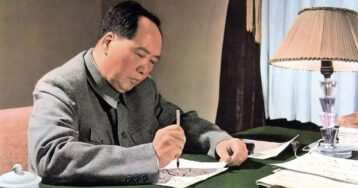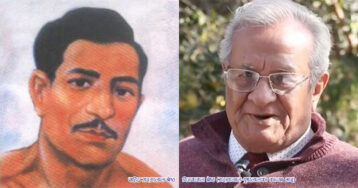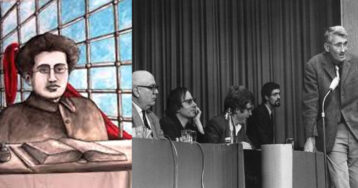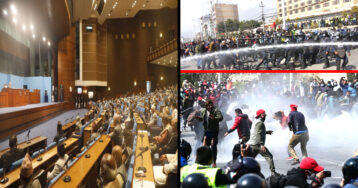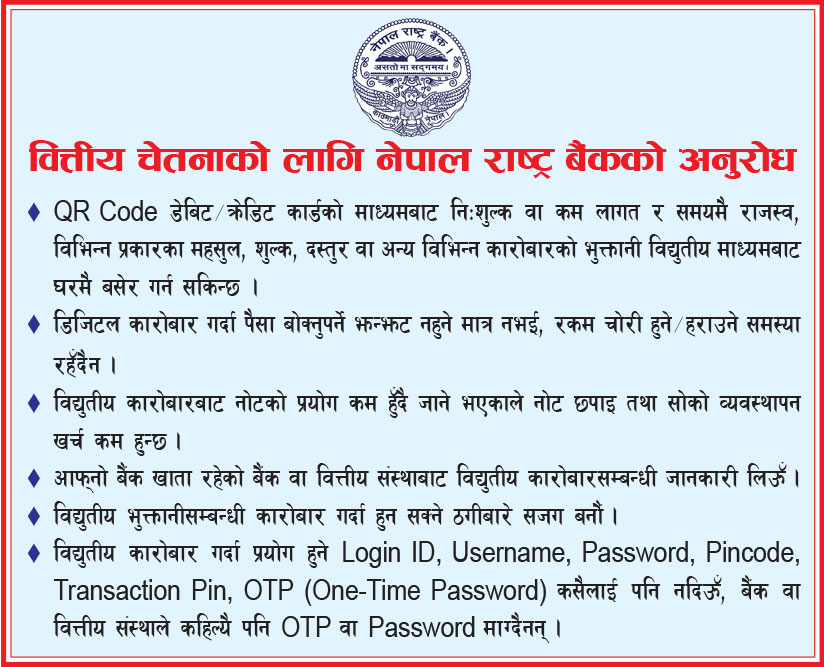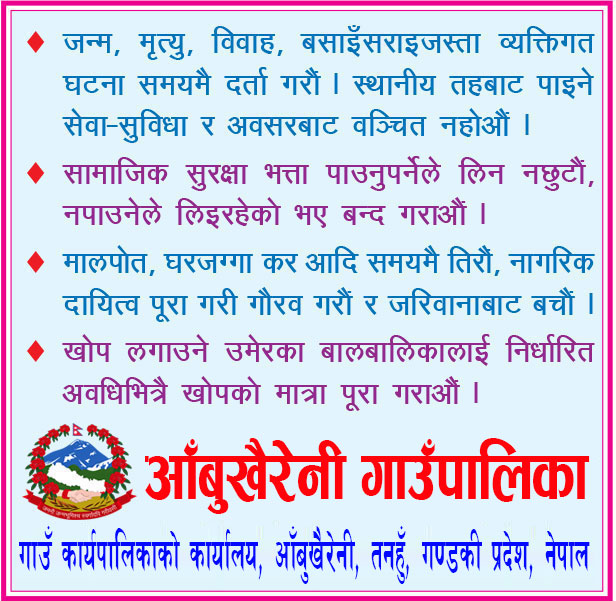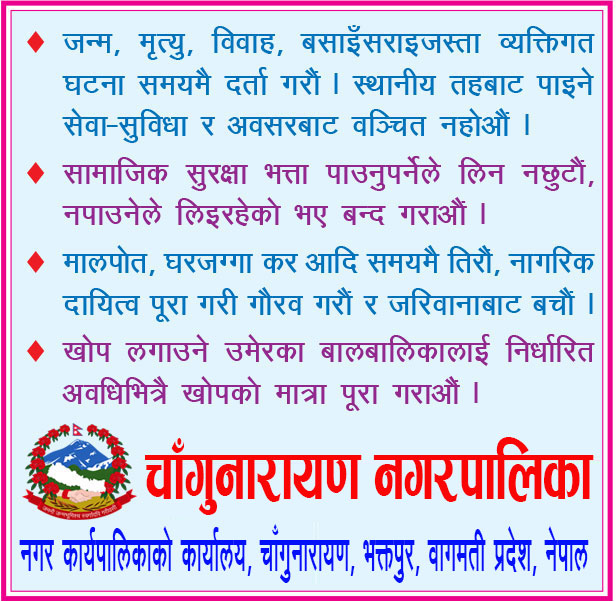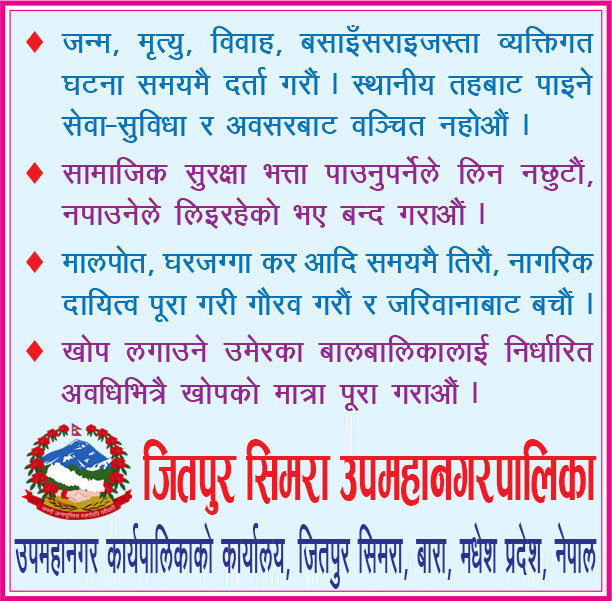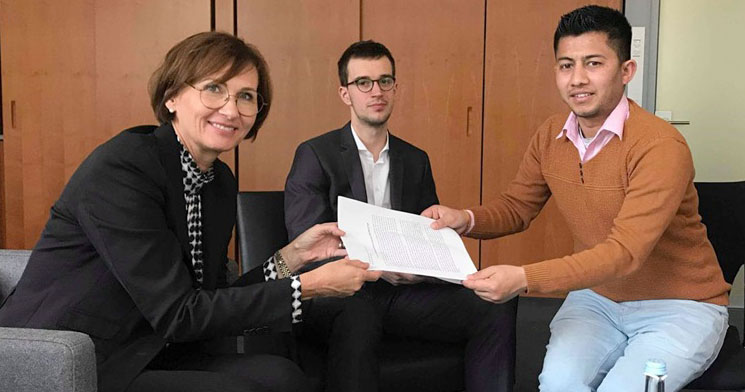
सशस्त्र जनयुद्धरत तत्कालीन नेकपा (माओवादी) र त्यतिबेलाको राज्य पक्षबीच वृहत् शान्ति सम्झौता हुँदा र अस्थायी शिविरमा रहेका सशस्त्र माओवादी सेनाहरु पटक–पटक बहिर्गमित हुँदा अनेकौं विवाद, बहस र क्रिया–प्रतिक्रिया सतहमा आए ।
एउटा शिविरबाट ‘बालसैन्य’ भनिएर बहिर्गमित भएका लेनिन विष्ट शान्ति प्रक्रियाको थालनीदेखि अहिलेसम्म नै चर्चामा रहेका छन् । उनले तत्कालीन माओवादी नेतृत्व, माओवादी मातहतको फौजी नेतृत्व र शान्ति प्रक्रियाका कतिपय गतिविधिमाथि चुनौती समेत दिँदै आएका छन् । खासगरी, माओवादी नेतृत्वले ‘बालसैन्य’ प्रयोग गरेर युद्धसम्बन्धी अन्तर्राष्ट्रिय मान्यताहरु तोडेको भन्दै सोही ‘मुद्धा’ लाई ‘अन्तर्राष्ट्रियकरण’ गर्ने प्रयास गर्दै आएका लेनिन यस्तै प्रयासका कारण चर्को विवादमा समेत पर्दै आएका छन् ।
लेनिन विष्टका गतिविधिप्रति आपत्ति प्रकट गर्दै तत्कालीन माओवादी जनमुक्ति सेनाका एक कमान्डर एवं ‘बहिर्गमित लडाकु’ सम्बन्धी एक सहमतिका हस्ताक्षरकर्ता सरल सहयात्री पौडेलले यस्तो स्ट्याटस लेखेका छन्–
प्रस्तुत छ लेनिन विष्टले केही अघि जर्मन संसदमा बुझाएको अंग्रेजी भाषाको पत्र, जस्ताको तस्तै–
To
Members of German –South Asian
Groups of Parliament
Subject: Demand of Justice to the former child soldiers of Nepal
Nepal has witnessed a numbers of socio-political movements and regime change in last seven decades starting from the major political movement of 1951 for democracy. There were series of movements as the years passed. The other major political movement was in 1990 to reinstate the democracy from the Panchayat regime. There was multi-party democracy after the reinstatement of the parliament. In March 1995 the newly named Communist Party of Nepal (Maoist) began to draw up plans to launch an armed struggle, and named “People’s War‟ against the state. On 4 February 1996, the CPN Maoist through its open forum United Peoples‟ Front submitted a 40-point demand to the government which addressed a wide range of social, economic and political agenda, and warned that a militant struggle would follow if the demands were not met. Just one week later, on 13 February 1996, the CPN (Maoist) launched an armed insurgency. Over the course of the following decade the problem was spread in rural Nepal developed into often brutal armed conflict that affected the entire country.
The decade long armed conflict between the CPN Maoist and Government of Nepal ended in 2006 with the signing of the Comprehensive Peace Accord (CPA). The peace accord was signed after a series of understanding, negotiation, compromises and agreements between major political forces of the country. The accord aimed to transform the cease fire reached between the Government of Nepal and the then CPN (Maoist) i.e. Communist Party of Nepal (Maoist) into a long term peace. The main objectives of post-conflict transition management or the conflict transformation and peace building were to be rebuilding local social relations, building and strengthening mutual trusts, ensure justice, revitalize social capital that entail emergency, promotion and strengthening of local association, community participation, collective accountability, enabling collective censure of violence, promoting feeling of security and common identity and reducing fear among the people.
The only way out of the violent armed struggle was peaceful negotiations between the government and the Maoists. Their commitment to constructive dialogue and adoption of peaceful means could provide a peaceful transformation of Nepal’s conflict and re-structuring of Nepal’s traditional socio-political structure including federalism.
Fortunately, the success of the people’s movement also called Janaandolan II of April 2006 created an environment for principled negotiation for both the government and the Maoists, and several rounds of negotiations have already been conducted. Janaandolan II was the milestone of the peace process of Nepal.
Peace building in Nepal started after a decade long armed conflict between the Maoists and the government which widely disrupted Nepal’s social, economic and political environments. The loss of thousands of human lives, destruction of the basic physical infrastructure, disappearances and displacement of civilians are some of the harsh effects, which are too difficult to bear for an underdeveloped country like Nepal.
As a part of the DDR process, the Nepali Army (until recently the Royal Nepali Army) and Maoists agreed to an arms management pact, under which each side would put away most of its weapons and restrict most troops to a few barracks, under the supervision of monitors from the United Nations (UN). The Comprehensive Peace Agreement even explicitly committed the parties to avoid recruiting anyone younger than age 18 for military purposes but the children carried out variety of roles for the Maoists during the armed conflict. Most children serve in local militias, but others hold positions in the Maoists’ core military wing, the People’s Liberation Army (PLA). Whether in the militias or the PLA, children serve as porters, sentries, messengers, and medical assistants. Children in Maoist ranks receive military training and were given weapons. This ranged from full-fledged weapons training in the PLA, to being given a single grenade or improvised “socket bombs.” Regardless of their position, though, it is clear that, children even when serving with local militias (as opposed to the PLA), were exposed to fighting and were particularly vulnerable to injury.
After United Nations Mission in Nepal (UNMIN) verification there were 2,973 child combatants declared unfit to be considered for integration into the Nepal Army. Since then, they have been collectively struggling through Discharged People’s Liberation Army Nepal known as D-PLAN.
Relevance of the movement
Among the demands of their movement, they are seeking fair treatment of the former child-combatants as compared to support provided adult former-combatants, including the demand that the label of ‘unqualified’ (asaxam) be replaced by ‘discharged’ (bahirgamit). Their struggle committee has been demanding rehabilitation of the child soldiers (who are now adults) who lost their years of youth to the conflict, and financial assistance, and a dignified recognition in the face of public and familial rejection in many cases. Amidst many attempts by the Maoist leadership to splinter their struggle committee over many years, they have persevered to raise the matter of child-soldier recruitment as a national tragedy that played out during the conflict years. They believe that the former child combatants have faced a lot of trouble and were hindered to groom themselves and hope to prevent recruitment of minors in any political movements in the future. It is an unfortunate fact that the status of child soldiers was never raised by the negotiating parties during the peace process before and after 2006 (when the conflict formally ended), and wasn’t included in the part of the peace process discourse. Their colleagues organised several programs to alert civil society and the human rights community to address their neglected issue and seek justice to all those child soldiers.
Since that time, their struggle committee organized a number of protests to demand employment opportunities for former child combatants. As the leader of this ongoing struggle for justice, they have paid a heavy price. They have faced various physical and mental tortures but also are organized and fighting to get recognition and rehabilitation for the former child soldiers, among whom distress is high and are seeking justice and respected life.
Peace Envisioners Nepal, formerly known as Discharged Peoples Liberation Army of Nepal is a local organization working for rights and welfare of discharged People’s Liberation Army’s (PLA) soldiers in Nepal. The organization was informally established in August 2010 as Discharged People’s Liberation Army Nepal (D-PLAN), after more than eight years of advocacy and awareness raising activities implemented on an informal basis by discharged PLA’s soldiers, under the lose network known as “Discharged PLA Nepal Struggle Committee”. With agreement from the members of their loose network, they decided to register organization and named it Peace Envisioners in 2019.
At the outset our organization had a membership of 4008 (VMLR 2973+1035) former child soldiers who had been housed in the cantonments after 2006. Among these eight members have committed suicide in the context at our being called disqualified and many are now overseas as job, migrants. Others are trying to out a living as best as remain in touch with our organization. We are extremely distressed by the use of the term disqualified to describe us discharged PLA by the UNMIN and government and we also feel humiliated by the unfair treatment. We the discharged child soldiers of the PLA are deprived of our right to live with respect and dignity.
We ask the Special Representative for Children and Armed Conflict of the UN Secretary-General, UN to pressurize the government of Nepal to end to the practice of attaching disqualified in front or behind our individual names. We also request you to recommend government of Nepal to provide us compensation and support according to rank at the same level as received by the qualified ex PLA and to recommend a public expression apology from UNMIN and the leadership of the government of Nepal and the then Maoist party for having employed the term disqualified as well as provision of compensation and support likewise. We ask the leaders of the former Maoist Party for apology for explanation of children having used us for military purpose while we were under age. The use as child soldiers wrested us of our right as children. We also bring a notice before you that using child soldiers is an international crime and those now we surprise why the suspect were given amnesty. The child soldiers described as disqualified are today facing great difficulty in their daily lives.
Keeping this in mind, we ask the Special Representative for Children and Armed Conflict of the UN Secretary-General, UNDP to immediately carry out a study through a high level committee on the induction of us disqualified child soldiers. We also ask the Special Representative for Children and Armed Conflict of the UN Secretary-General to recommend that the government to ensure that the discharged child soldiers are able to live a life with respect and dignity. We expect the tangible efforts from the concerned agencies. As we child soldiers are feeling that our security is threatened from side of the government, police, administration as well as former Maoist leader. We request Special Representative for Children and Armed Conflict of the UN Secretary-General to recommend the government to immediately take required measures to ensure our security.
Together with this application we have included documents related to our struggle, as well as our demand in addressing. We are available for any additional information that the Special Representative for Children and Armed Conflict of the UN Secretary – General may require in addressing these demands.
Key demands
1: The government to abandon the term ‘disqualified’ without delay and honor the discharged ex-PLA as republican fighters for their role in the struggle for change;
2: The authorities to treat the 4,008 Ex- Child Soldiers as other PLA members and address their demands in a sustainable way;
3: The government and concerned parties to take responsibility for the abuse of rights of the child around child recruitment.
4: To ensure child rights, justice must be based on domestic and international principles, and state and rebel parties must be held accountable.
5: Since ex-child soldiers have been deprived of the fundamental human right to education, the government of Nepal to address youth combatants’ practical concerns based on a social and economic package based on principles of social justice.
6: The Government to release unconditionally all discharged PLA who have been detained.
7: The Government to provide medical treatment, psychosocial counseling and special support schemes to the injured, mentally ill and traumatized, and disabled members of the Ex-Child Soldiers.
Lenin Bista
President
D-PLAN


